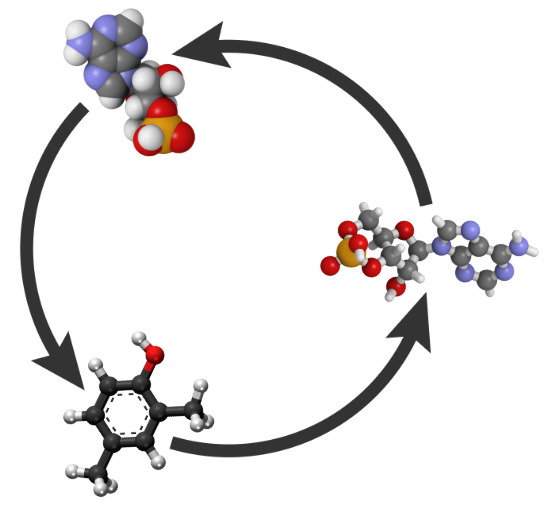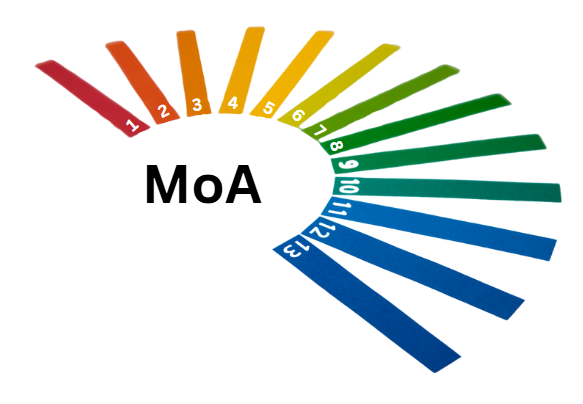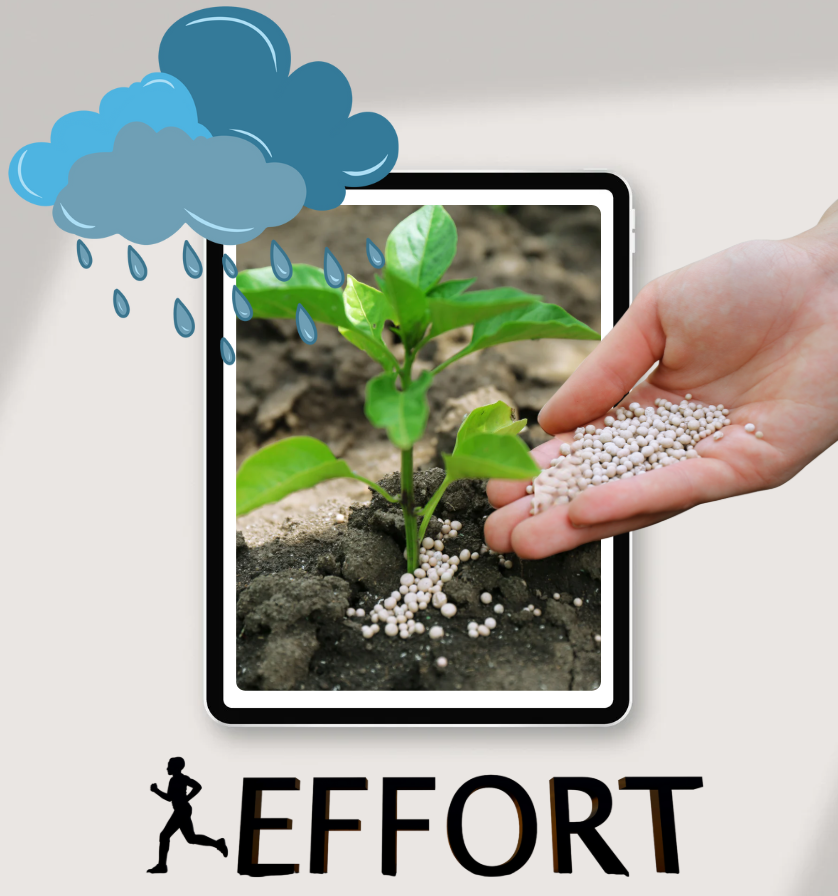
Can Pests Become Resistant to Cartap Hydrochloride? Should You Rotate Active Ingredients?
Cartap Hydrochloride is a widely used insecticide in rice, vegetables, and fruit cultivation. However, prolonged use raises an important question: Can pests develop resistance to Cartap? And should farmers rotate it with other active ingredients? The answers are detailed below.
1. Can Pests Develop Resistance to Cartap Hydrochloride?

✅ Answer: Yes – if overused or applied incorrectly
Cartap Hydrochloride belongs to the carbamate group. It targets the pest’s nervous system, causing paralysis and death through contact or ingestion.
While highly effective, continuous use across multiple seasons and for the same pest species can lead to resistance.
⚠️ Signs of resistance:
- Pests survive even after spraying with the correct dosage.
- Pest populations rebound quickly after each treatment.
- Reduced effectiveness compared to earlier applications.
Leaf folders, stem borers, armyworms, and diamondback moths are all known to develop resistance if not properly managed.
2. Why Is Rotating Active Ingredients Important?

Rotating active ingredients (also known as MoA rotation) is a critical principle in Integrated Pest Management (IPM) for sustainable farming.
🎯 Benefits of rotating pesticides:
- Reduces selection pressure, slowing resistance development.
- Increases pest control effectiveness by changing the mode of action.
- Prolongs the efficacy of Cartap and other insecticides.
🚫 Risks of not rotating:
- Pests adapt and become tolerant to the chemical.
- Farmers must increase dosages or switch to harsher chemicals → higher costs and potential crop damage.
- Imbalanced ecosystems may cause outbreaks of secondary pests.
3. How to Rotate Active Ingredients Effectively

✅ Rotate by Mode of Action (MoA), not just brand names
Switching brands is not enough — choose products from different chemical groups.
|
Chemical Group |
Example Actives |
Rotate With |
|
Carbamate |
Cartap Hydrochloride |
Emamectin benzoate, Abamectin (Avermectins) |
|
Organophosphates |
Chlorpyrifos, Diazinon |
Spinetoram, Cartap, or biopesticides |
|
Synthetic Pyrethroids |
Cypermethrin, Deltamethrin |
Chlorantraniliprole, Indoxacarb |
|
Ryanoids (IRAC 28) |
Chlorantraniliprole, Cyantraniliprole |
Emamectin, Cartap, microbial pesticides |
📌 Tip: Refer to the IRAC (Insecticide Resistance Action Committee) classification chart for proper MoA grouping.
4. Sample Cartap Rotation Schedule for Rice Crops
|
Rice Stage |
Common Pest |
Recommended Active Ingredient |
|
Tillering |
Leaf folder |
Cartap or Emamectin benzoate |
|
Panicle Initiation |
Stem borer |
Chlorantraniliprole or Indoxacarb |
|
Heading–Grain Filling |
Leaf folder, panicle borer |
Spinetoram, Abamectin |
|
Pre-Harvest |
— |
Avoid strong chemicals (prefer biocontrols or stop spraying) |
5. Notes on Switching Active Ingredients
- Avoid mixing incompatible chemicals unless compatibility is confirmed.
- Always use reliable, registered products with known actives.
- Read the label carefully to match the right product with the target pest and growth stage.
- Follow the "4 Right" principles: right pesticide, right dose, right timing, right method.
Conclusion
Cartap Hydrochloride can become less effective if misused or used continuously. To maintain long-term pest control:
✅ Rotate with other actives from different MoA groups.
✅ Alternate with biological or microbial pesticides during the season.
✅ Implement IPM (Integrated Pest Management) to protect your crops and prolong pesticide life.
Bình luận
Những bình luận mới nhất



